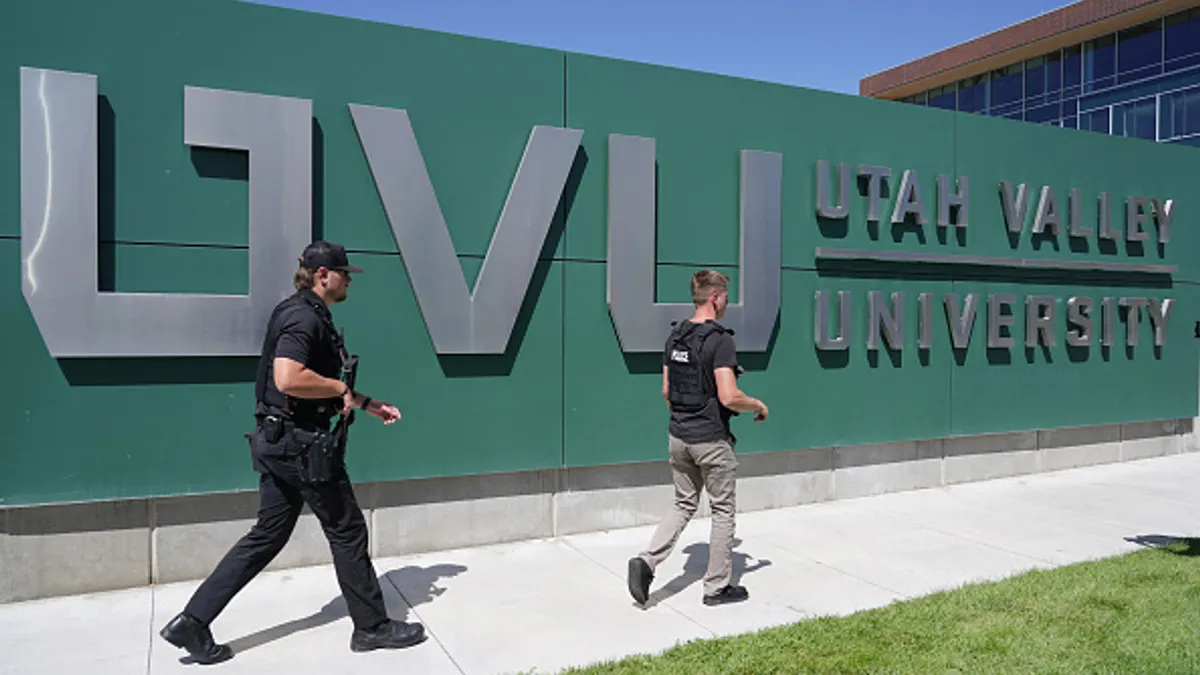Higher education institutions are failing to adequately service part-time students, with only about a quarter of such students attaining a degree within the eight years they begin college, according to a new report from the Center for American Progress, with four out of every ten students who enrolled exclusively part-time in their first year not returning for their second.
Part of the issue is due to a lack of comprehensive data at the national level, according to Marcella Bombardieri, the author of the report and a senior policy analyst on the postsecondary education team for CAP. She noted that often community college administrators, when asked about what they were doing to assist part-time or transfer students, would respond that “everything” they do is for those student groups, because they often make up the most significant proportion of community college enrollees.
“It’s not a satisfying answer,” Bombardieri said. “It’s true in many cases on a certain level, but part-time students have particular needs, so colleges need to be thinking about and looking at these students.”
The report, entitled “Hidden in Plain Sight: Understanding Part-Time College Students in America,” noted that 86% of part-time students attended public institutions, and 60% were enrolled in community colleges, according to available Department of Education data, though only 4% were attending top-tier research universities. About two-thirds were over the age of 24, the report noted, with 42% of part-time students working full-time.
Though there are more and more part-time students enrolling in higher ed, Bombardieri noted it is not a new phenomenon and does not likely explain the paucity of available data on part-time students. The Integrated Postsecondary Education Data System, which is the federal collection of data from higher ed institutions, does not include students who begin their education part-time when assessing graduation rates.
I think a lot of the higher ed mindset is built around the things we do know,” she said. “Everyone knows that’s very limiting...but that’s just the number that they see.”
Bombardieri said analysts were hobbled by the data reality that was available, though did note that the federal government recently released outcome measures for institutions that included information on part-time completion rates; by utilizing College Navigator, someone could see the percentage of students that started part-time and eventually graduated for particular schools. The Education Department was expected to release more information soon, offering analysts a better understanding of graduation rates for part-timers.
“We want to see what that data shows us, and are there institutions that have better part-time graduation rates than the average and what can we learn from them?” Bombardieri asked.
The report also indicated that part-time students are often disqualified from obtaining as much financial aid as may be necessary. A full-time student with a family income below $30,000 enrolled in a four-year institution could be expect to have about half of the cost paid by aid on average, while a part-time student in an otherwise identical situation would only receive aid that would take care of about 17% of the attendance cost.
The report noted that often state and federal policies excluded part-time and other non-traditional students from receiving aid altogether, and Sarah Pingel, a senior policy analyst for the Education Commission of the States, said 29 of the top 100 largest financial aid programs funded by states did not offer aid to such students.
“There’s some states like new mexico where half their student populations are part-time, but 100% of their aid they give out is given to full-time students,” she said, noting that many states felt they had to prioritize funding education for full-timers in light of sparser funding allocations for higher ed aid.
Bombardieri noted that some aid exclusions were purposeful, done on the part of state legislatures to encourage more full-time enrollment. States may also inadvertently exclude part-time students by setting priority aid application deadlines, which can work against part-time students who may not be operating in the traditional enrollment calendar. Some states also limit the aid to a certain amount of school terms, which can inhibit part-time students who may attend fewer classes per semester over a longer period of time. She urged higher ed administrators to continue to advocate with state and federal lawmakers.
“From the institution’s vantage point, they should be educating their legislators and state officials about who their students are. I think a lot of legislators went to four-year colleges when they were 18, and don’t have a good handle on who the students of today are,” she said. “They should make sure their own policies are not harming part-time students.”
Additionally, Bombardieri suggested that higher ed institutions consider reforming their development education and remedial classes as a means to assist part-time students, as well as having high-quality tutoring and coaching resources available for part-timers, particularly during evening and weekend hours that may be more conductive to part-time student with a full-time job or family. Additionally, schools could help develop workforce connections and apprenticeship opportunities, which could be cost-effective. The report continuously stressed the need for lawmakers to consider the particular needs and challenges facing part-timers.
“When state and federal policymakers design or implement a new initiative, they must consider how it impacts part-time students,” the report read. “And if a policy seeks to encourage full-time study, it is key to know who gets left behind.”















